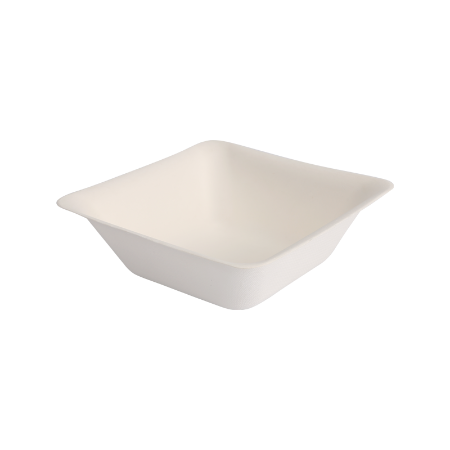Sugarcane tableware is a biodegradable, environmentally friendly, and chemical-free alternative to disposable plates made from paper and Styrofoam. It is an excellent choice for foodservice industries, catering services, and green-minded cafeterias.
The Manufacturing Process of Bagasse Fiber Tableware:
After the juice extraction process, the pulpy fibres left in the sugarcane are called bagasse. This fiber can be used to produce a range of sustainable tableware products such as paper, trays, straws, drink carriers, end caps, and cutlery. The raw materials and the manufacturing processes are all organic, chemical-free, and carbon-offset.

The bagasse fiber is a natural, renewable material which is obtained from sugar cane waste. It is water- and oil-resistant, strong, hygienic, and eco-friendly.It is a stylish and eco-friendly alternative to Styrofoam. It is suitable for hot and cold food, sturdier than paper products, and can take up less storage space than other disposable tableware.In addition, it can be molded to form a variety of products like cups, bowls, containers, clamshells, trays, and straws. It is also safe and odorless.Increasing demand for sustainable products has boosted the growth of the global market for sugarcane tableware. This is attributed to government-led initiatives that promote the use of organic and natural fibers over non-biodegradable, synthetic, and petroleum-based materials.
The emergence of a sustainable tableware option made from hybrid bamboo and sugarcane fibers has opened up new possibilities for addressing the current plastic-based food packaging crisis. These biodegradable containers are stronger than conventional plastic-based ones, and their sturdiness ensures that sauces don’t leak through them.
 Email: Maggie.ding@hl-jdb.com
Email: Maggie.ding@hl-jdb.com  Tel: +86-576-88175158;+86-576-88175158
Tel: +86-576-88175158;+86-576-88175158 
 中文简体
中文简体

.png)



.png)
.png)
.png)
.png)
.png)
.png)
.png)
.png)
